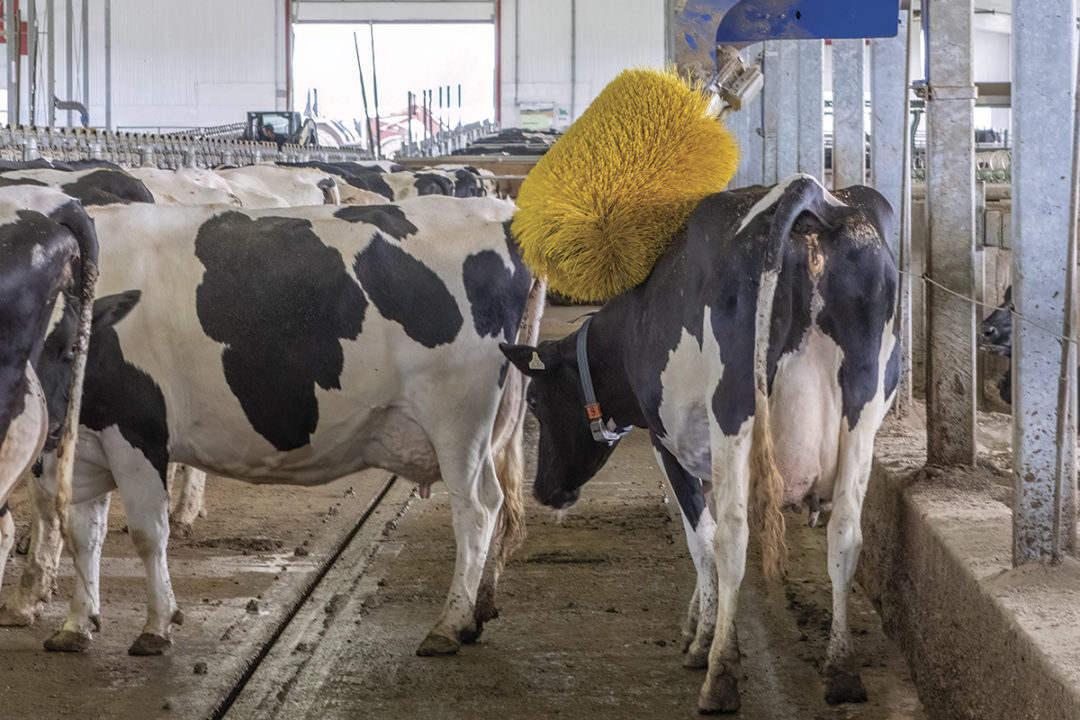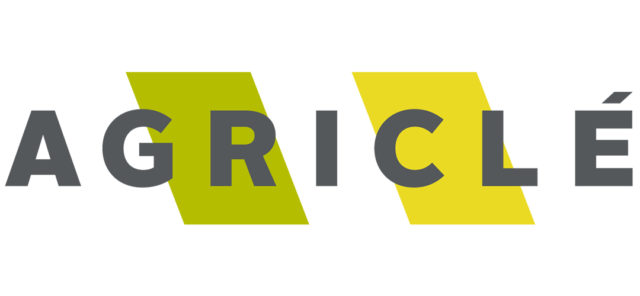Cow comfort and sustainability are probably two of the biggest buzzwords right now in the dairy industry. As an industry, we have started to work toward a common definition of cow comfort, and it could be argued that if you put a few dairy producers in a room, they would be able to reach a consensus on that definition fairly quickly. It would probably include things like bedding, ventilation, heat abatement, foot care and water access. Yet, if we ask those same dairy producers to come up with a definition for sustainable dairy farming, it would be much harder for them to agree on a definition.
So how do we take what we as industry agree on and use that to move us forward? While that group of dairy producers would probably struggle to agree on the definition and path forward, they would probably all agree that sustainability is important for the future success of the dairy industry. Proper cow comfort measures enhance the quality of life for cows and boost their productivity, which ultimately leads to more efficient and sustainable dairy farming.
Industry experts define cow comfort as the practice of providing cows with the ideal environment to ensure they are happy, healthy and productive. The ideal environment includes proper housing, feed, water and temperature control, as well as measures to ensure the physical and emotional well-being of the cows.
Proper housing is essential for cow comfort. Cows need a clean, dry and comfortable space to rest and relax. The housing system should allow cows to stand, lie down and move around freely. Many studies over the decades have pointed out the correlation between appropriate freestall size and dimensions and laying time. The amount of lying time is also shown to have a direct correlation to the productivity of dairy animals. This is important for the sustainability of the dairy industry, as productive cows are more profitable and contribute to the overall success of the farm.
Additionally, cows should have access to clean and comfortable bedding, and measures should be taken to prevent injuries and diseases, such as regular hoof trimming and vaccination programs. These measures are important for the sustainability of the dairy industry, as they reduce the need for veterinary care and contribute to the overall health and productivity of the cows.
Feeding and watering are also important aspects of cow comfort. Cows need access to clean water and high-quality feed to maintain their health and productivity. Dairy researchers suggest cows require 3%-4% of their bodyweight in dry matter daily, which means they require a lot of feed. Feed is one of the largest costs on a dairy farm, so maximizing the return on feed costs is vital for every dairy operation. High-quality and readily available feed will go a long way to ensure that dairy animals stay healthy and productive.
Temperature control is a significant component of cow comfort. Cows are sensitive to temperature changes and can experience stress when temperatures are too hot or too cold. Industry experts suggest that the ideal temperature range for cows is between 5ºC and 25ºC, and humidity levels should be between 40% and 70%. Heat stress, and cold stress in some cases, has a huge impact on the dairy herd. Many people will focus on the impact of heat stress on milk production, but it can also have impacts on fertility and reproduction, as well as other general health. Keeping cows cool is critical in maintaining a sustainable farm operation.
Sustainability in the dairy industry is also related to the environmental impact of dairy farming. Industry experts suggest that sustainable farming practices aim to reduce the carbon footprint of dairy farming and protect the environment. Proper cow comfort measures can contribute to environmental sustainability by reducing waste and emissions. When cows are housed in clean and dry conditions, there is less waste to be disposed of, and less ammonia and greenhouse gases are emitted. Additionally, by providing cows with comfortable housing, feeding and watering, they require fewer resources and are more efficient in their milk production, ultimately leading to a more sustainable dairy industry.










